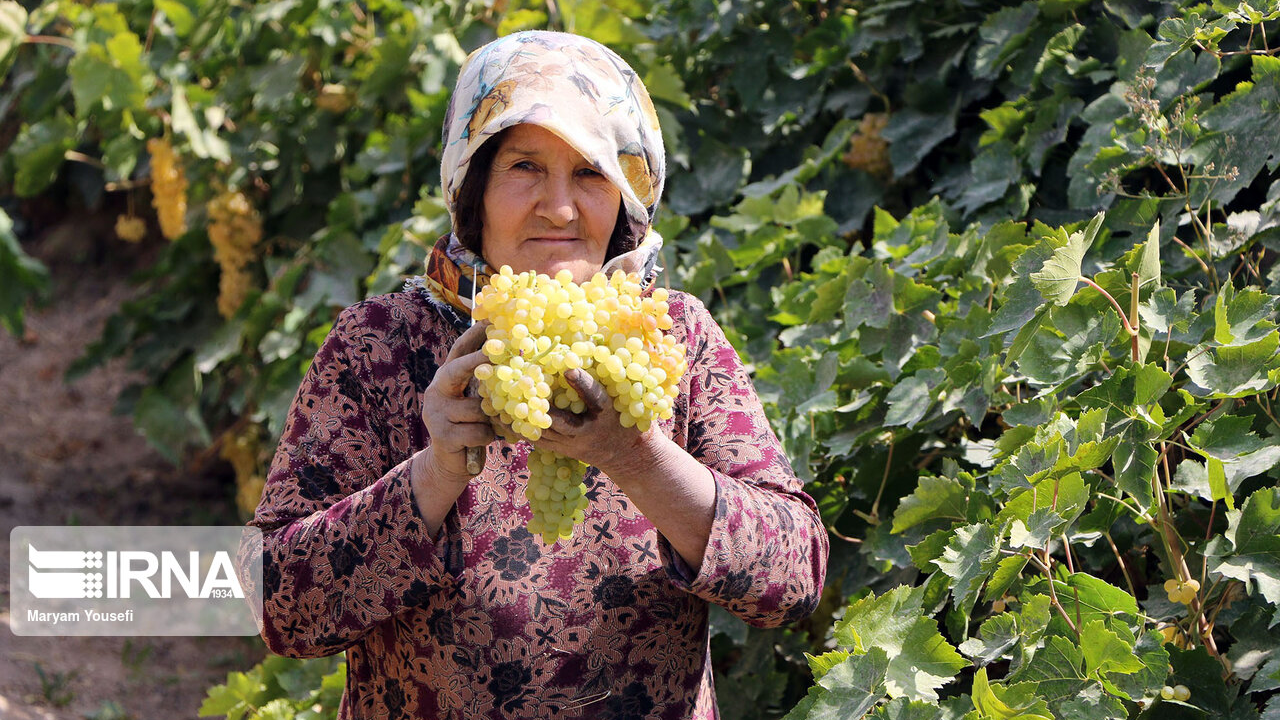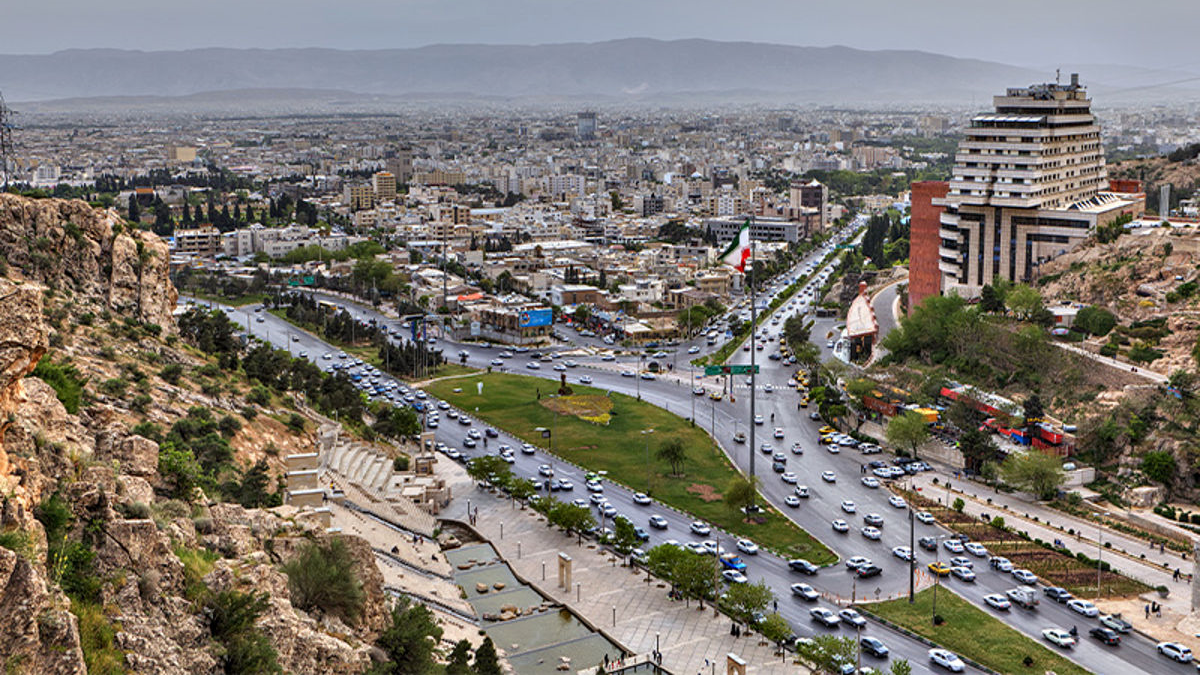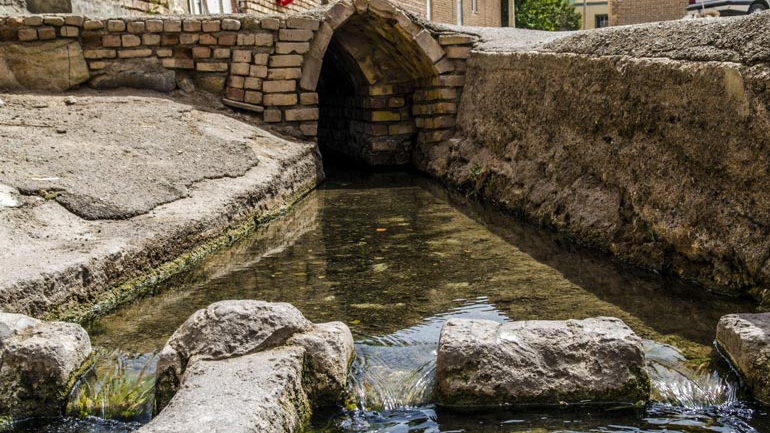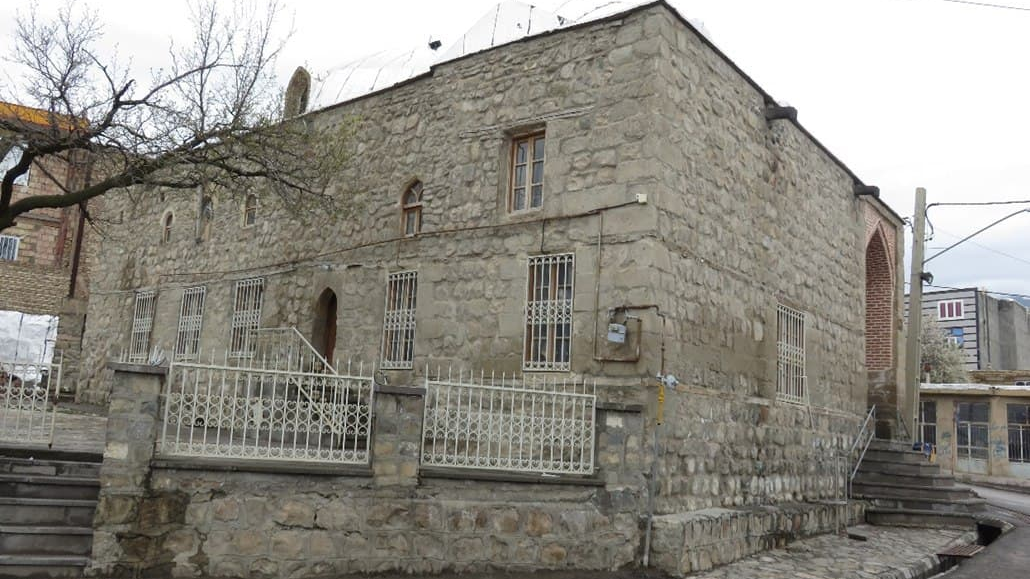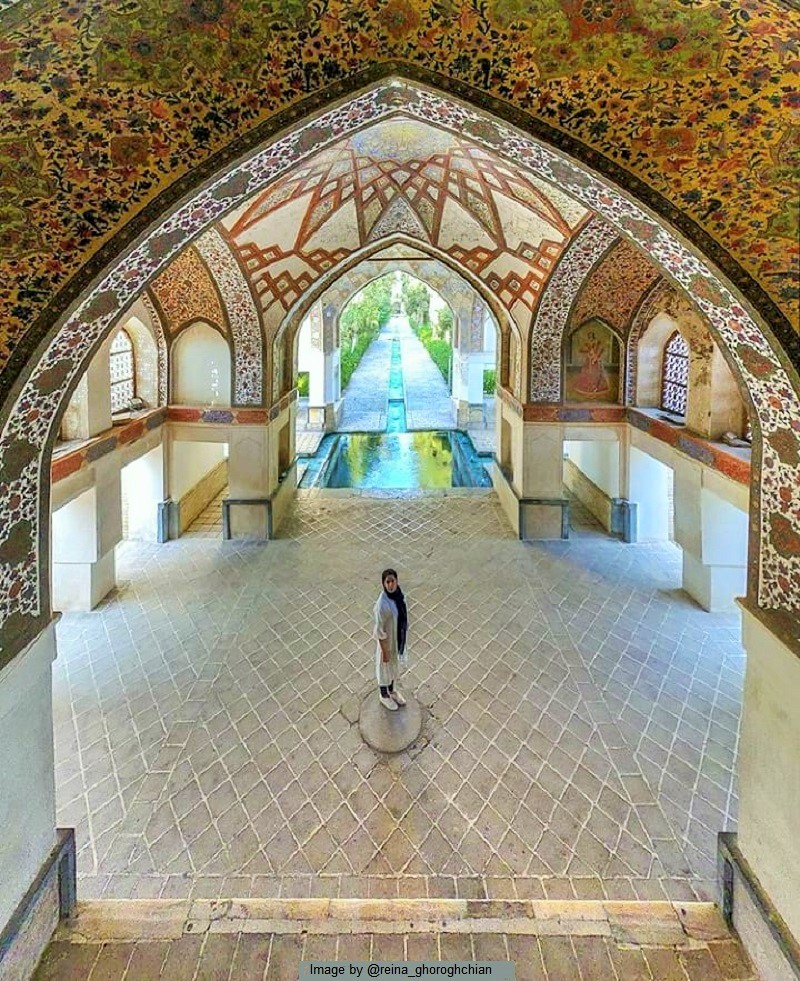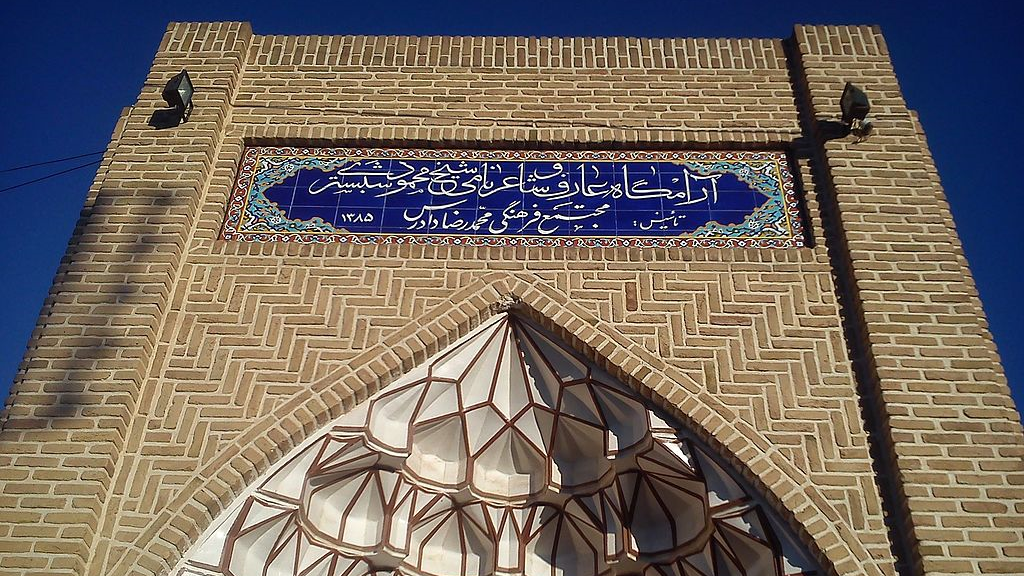
Sa’d al-Saltaneh Caravanserai: The Largest Urban Caravanserai in Iran
Caravanserais in Iran were facilities designed to serve traveling trade caravans, usually built along major routes between cities. At certain periods in Iranian history, caravanserais played a vital role in developing commercial infrastructure and ensuring the safety of roads, enabling merchants to earn significant profits. Not all caravanserais were located between cities; some were constructed within urban areas, often near bazaars. These urban caravanserais provided lodging for merchants, allowing them to stay and sell their goods conveniently. One notable example is the Sa’d al-Saltaneh Caravanserai in Qazvin, also known as Saray-e Sa’dieh, Bazaarcheh Sa’d al-Saltaneh, or Saray-e Sa’adat.
Construction and History of Sa’d al-Saltaneh Caravanserai
The Sa’d al-Saltaneh Caravanserai was built during the reign of Naser al-Din Shah Qajar, who ruled Iran from 1848 to 1896 (1227–1275 Solar Hijri), making his one of the longest reigns in Iranian history. The caravanserai was named after Baqer Khaneh Sa’d al-Saltaneh, who governed Qazvin at the time of its construction. Historically, Qazvin served as a key connection between east and west and a trade route linking Iran with Turkey and Europe. It was also considered a gateway to Tehran, so merchants and travelers often passed through the city on their way to the capital. Sa’d al-Saltaneh established the caravanserai next to Qazvin’s bazaar to facilitate commercial interactions. Construction began in 1892 (1271 Solar Hijri) and was completed in two years, involving two architects from Isfahan and two from Qazvin. Until the start of World War II, the caravanserai served as a resting place for travelers and merchants, but afterward, due to economic difficulties, its rooms were converted into workshops and production spaces. By 1998 (1377 Solar Hijri), the structure had gradually fallen into ruin, but restoration efforts that year revived it, giving the caravanserai new life.
Architecture and Features of Sa’d al-Saltaneh Caravanserai
The caravanserai was built on a 2.7-hectare plot and contains nearly 400 rooms, making Sa’d al-Saltaneh Caravanserai the largest urban caravanserai in Iran. The building is designed in a four-iwan layout. The arches of the iwans are decorated with brickwork, and the ceilings feature intricate muqarnas. The main entrance of Sa’d al-Saltaneh Caravanserai is located on Imam Khomeini Street in Qazvin, leading directly into the main courtyard. In addition, the structure contains seven other courtyards throughout the complex:
-
Sa’d al-Saltaneh Courtyard: This courtyard covers more than 3,000 square meters, half of which is open space. 32 rooms surround the courtyard on all four sides, built on platforms approximately one meter above ground level.
-
Negar al-Saltaneh Courtyard: Located west of Sa’d al-Saltaneh Courtyard, it contains two rooms and two large storage areas. The courtyard connects westward to Rasteh-ye Vazir. Overnight stays were not allowed here; caravans had to leave the courtyard after unloading their goods. Negar al-Saltaneh Courtyard covers about 1,500 square meters, with 244 square meters of open space.
-
Ghahramani Courtyard: This area measures 1,860 square meters, with 706 square meters of open space. The rooms are on the same level as the courtyard. Ghahramani Courtyard is the only courtyard in the caravanserai without direct access to the outside.
-
Service Courtyard: No rooms were constructed in this courtyard.
-
Sa’dieh Courtyard: Located west of Sa’d al-Saltaneh Courtyard, it is considered the most beautiful of all courtyards. The courtyard covers 2,900 square meters and features decorative brick and tile work.
-
Shotor Khan Courtyard: This area spans 4,378 square meters. Caravans entered the caravanserai through this courtyard and unloaded their goods here. To the north, there is a large space called “One Hundred Columns”. The main loading and unloading area of the caravanserai was located in this courtyard.
-
Beheshtian Courtyard: Situated in the northwest of the complex, it contains two large halls, two iwans, and eight rooms, as well as a water reservoir.
The most beautiful part of the caravanserai is its Chaharsuq (central vaulted hall), crowned by a large, decorated dome. The vibrant yellow and turquoise tiles give the Chaharsuq an incomparable splendor. This hall connects the street to the main courtyard (Sa’d al-Saltaneh). On each of the dome’s four sides, semi-domes have been constructed to further enhance the architectural beauty. Additionally, three inscriptions display the year of completion and the names of the architects.
The Razavi Bathhouse, covering 1,800 square meters, is another significant part of the caravanserai. This bathhouse is independently registered on Iran’s National Heritage List. Other sections of the complex include the Sa’dieh Bathhouse, located northeast of Sa’dieh Courtyard, and Rasteh-ye Vazir in the west of the caravanserai, which has a built-up area of nearly 2,000 square meters and contains 44 shops. In addition to shops selling local products, the Sa’d al-Saltaneh Caravanserai also hosts cafés and restaurants for visitors. Several museums are established within the complex, including the Shahnameh Museum, Mythology and Anthropology Museum, and Dr. Salehi Museum.
National and International Registration of Sa’d al-Saltaneh Caravanserai
In 1937 (1316 AH), Sa’d al-Saltaneh Caravanserai was registered as part of the Qazvin Bazaar. However, after changes in its usage, it was independently registered in 1998 under its own name on Iran’s National Heritage List.
In 2023 (1402 AH), Sa’d al-Saltaneh Caravanserai became one of 54 Iranian caravanserais inscribed on the UNESCO World Heritage List, recognizing its historical, architectural, and cultural significance.
| Name | Sa’d al-Saltaneh Caravanserai: The Largest Urban Caravanserai in Iran |
| Country | Iran |
| State | Qazvin |
| City | Qazvin |
| Type | Historical |
| Registration | Unesco,National |
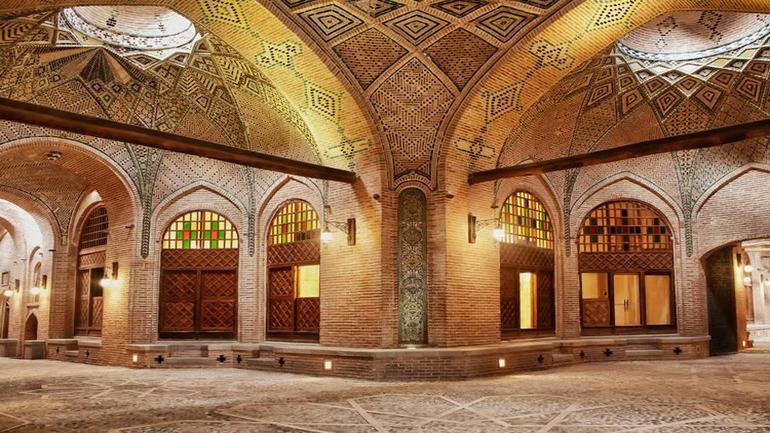
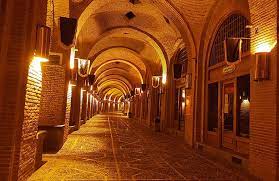
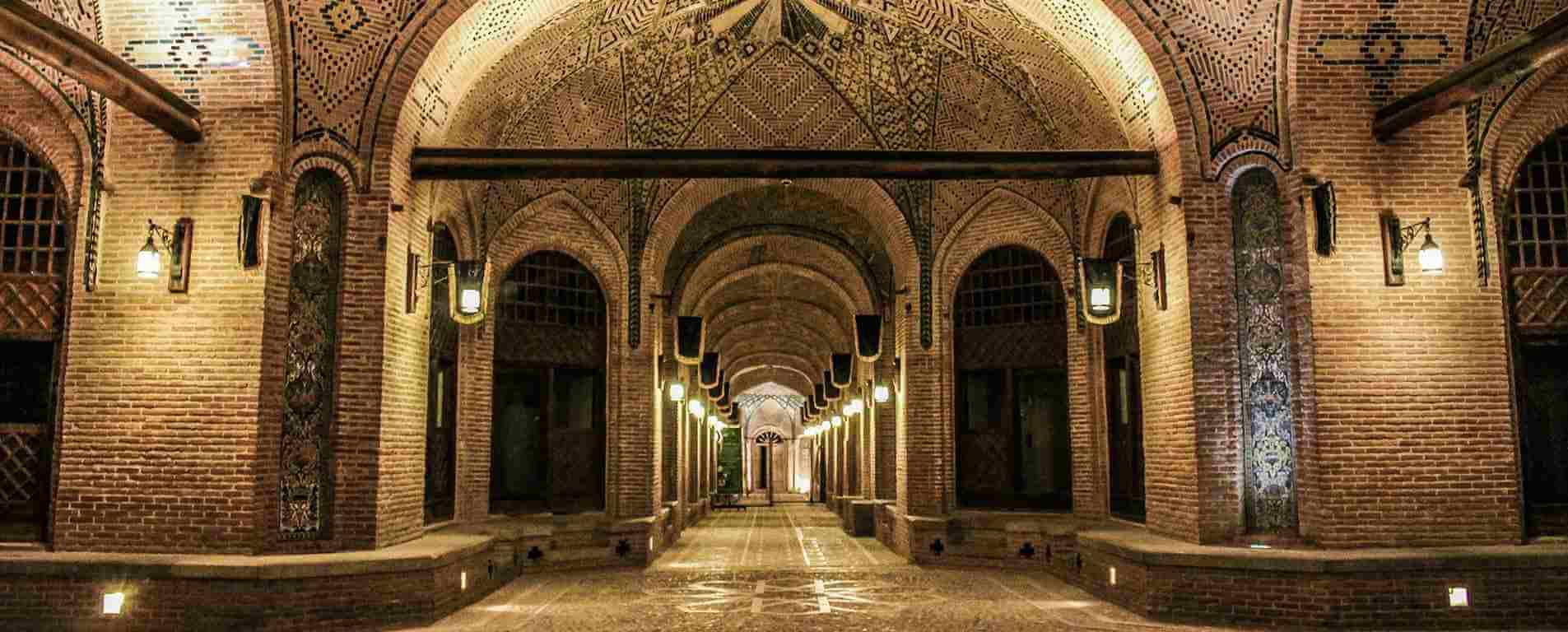
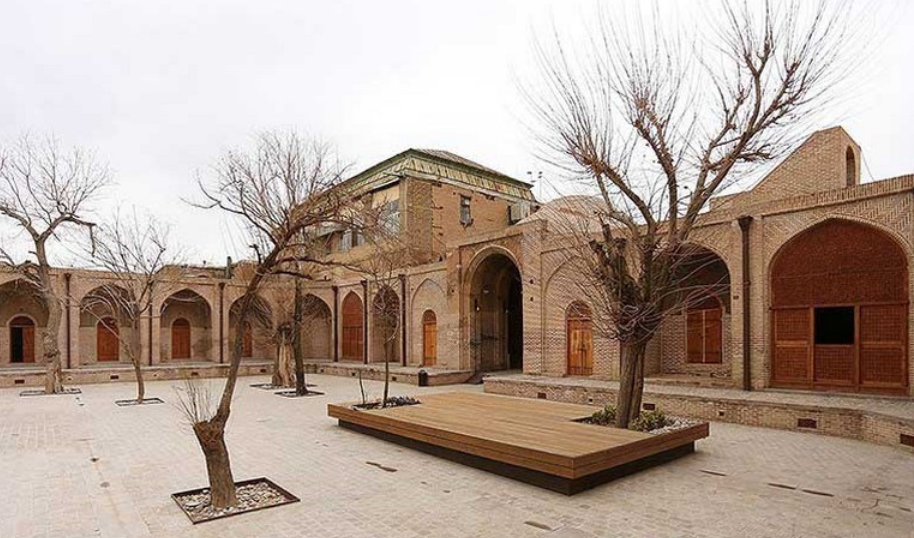




Choose blindless
Red blindless Green blindless Blue blindless Red hard to see Green hard to see Blue hard to see Monochrome Special MonochromeFont size change:
Change word spacing:
Change line height:
Change mouse type:
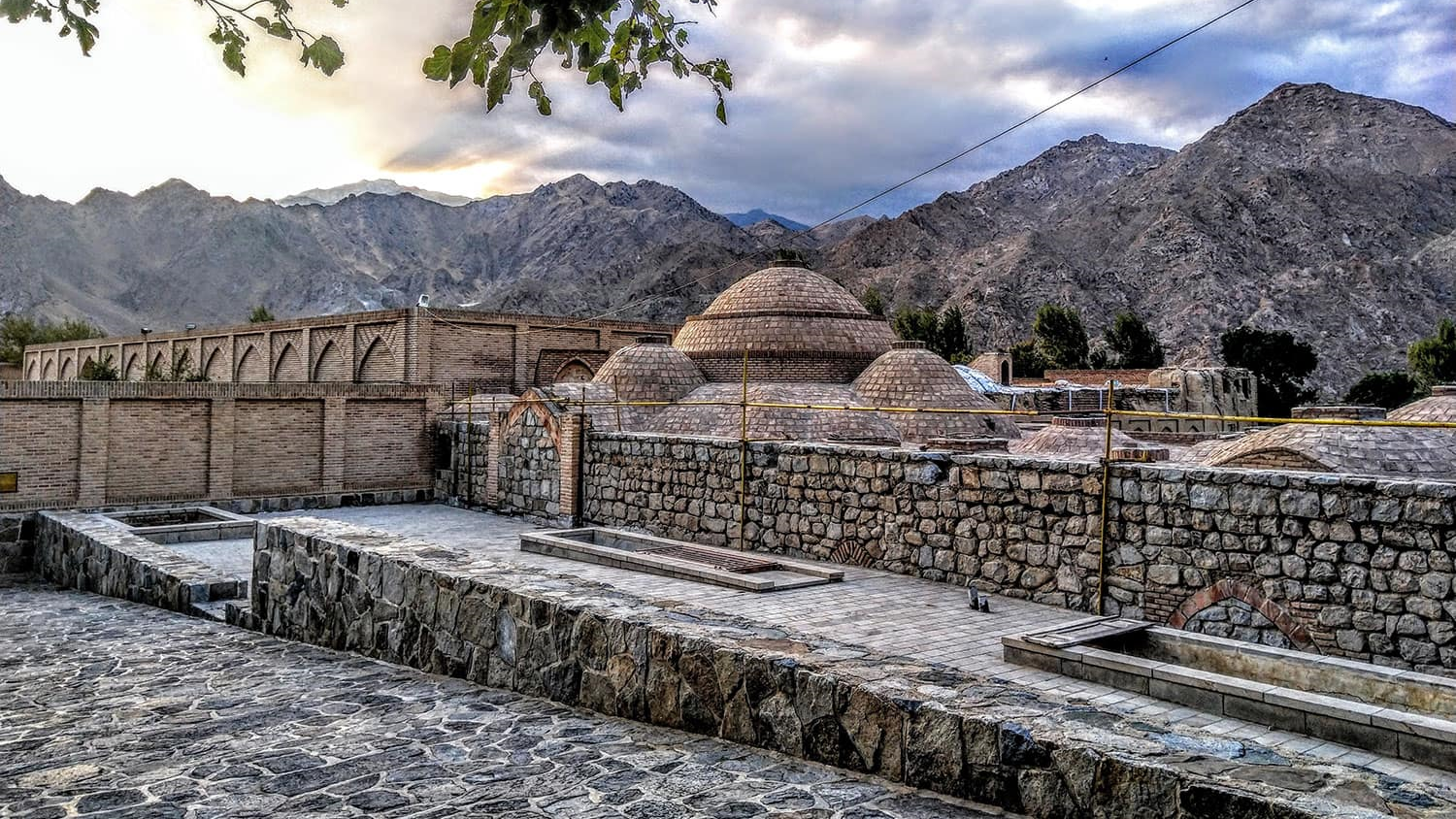
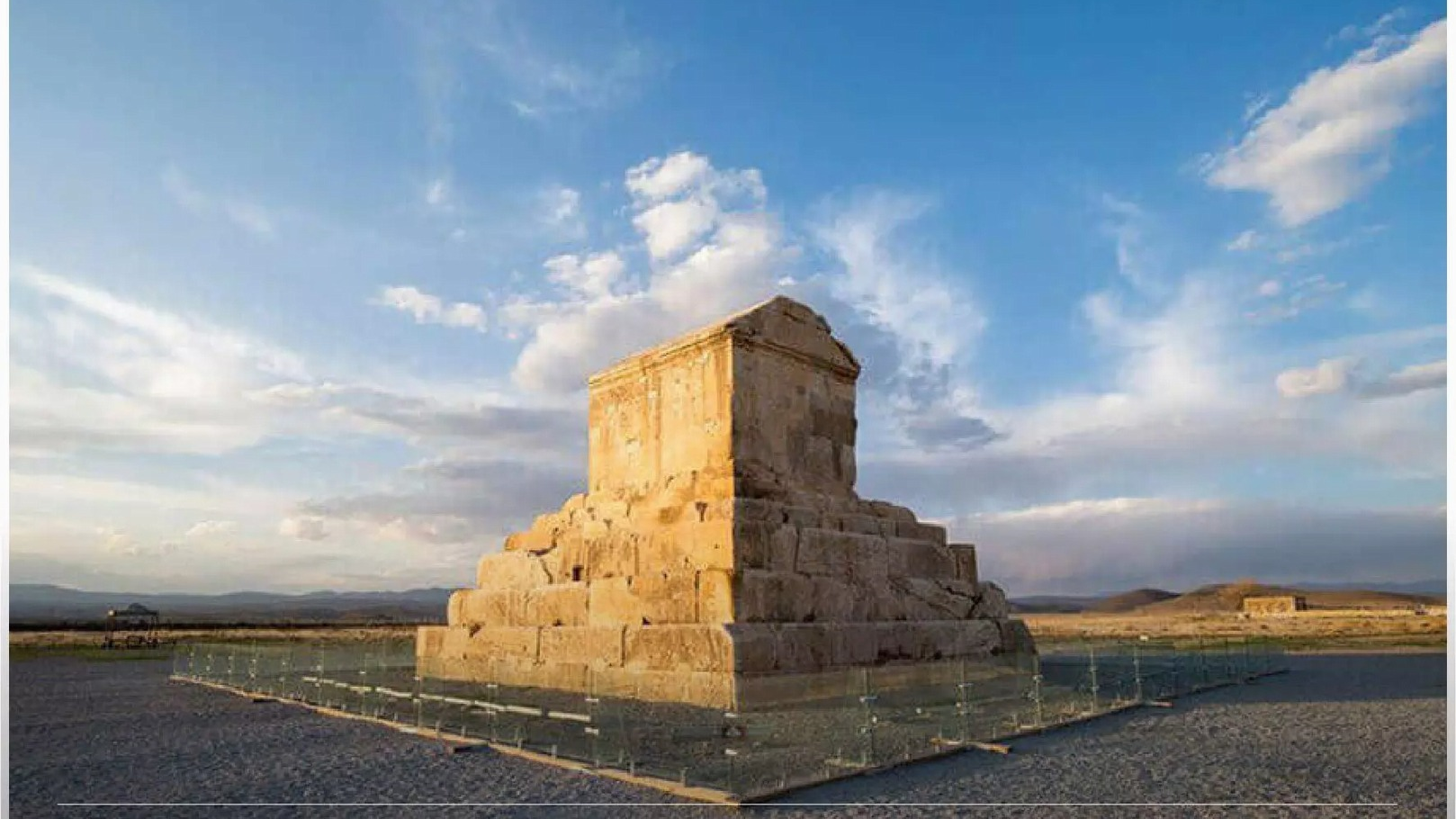
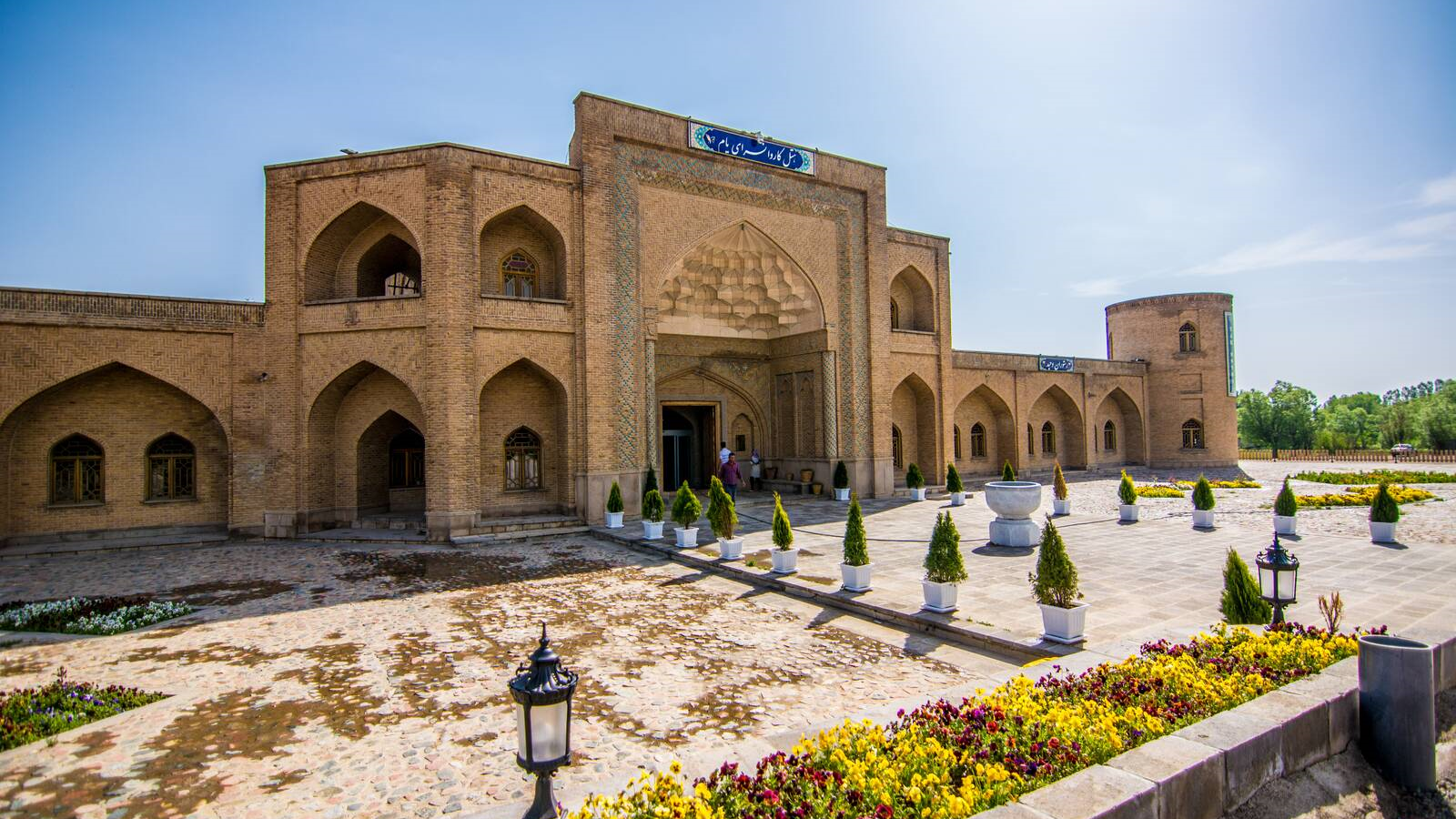
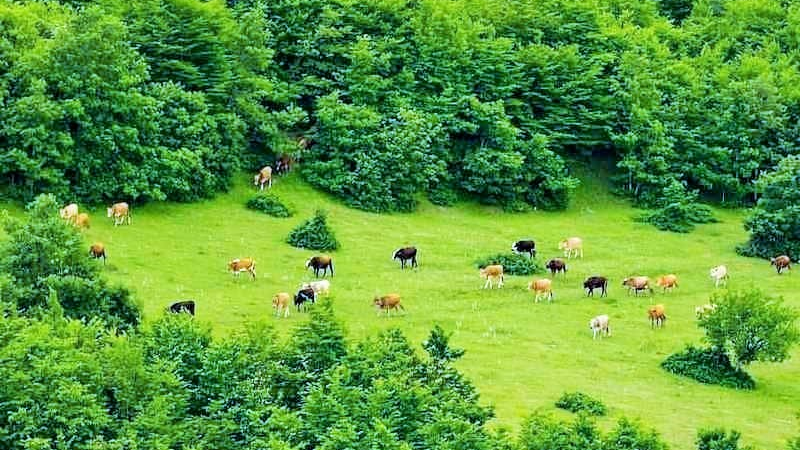
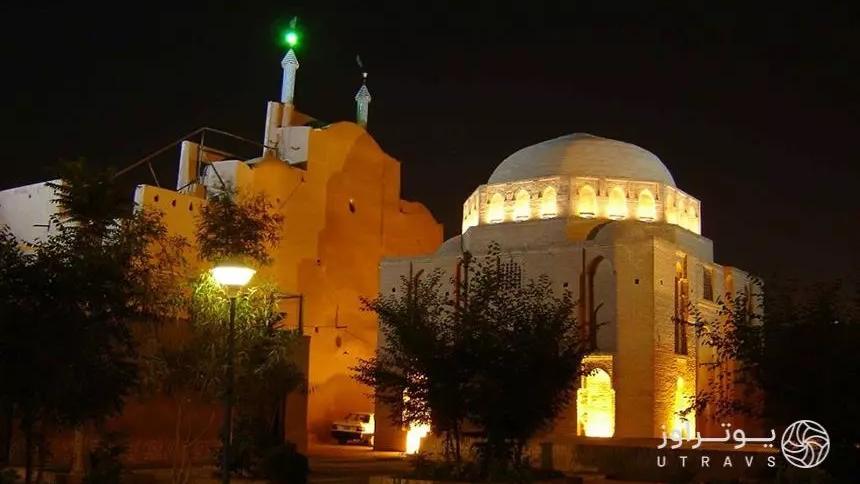
.jpg)
